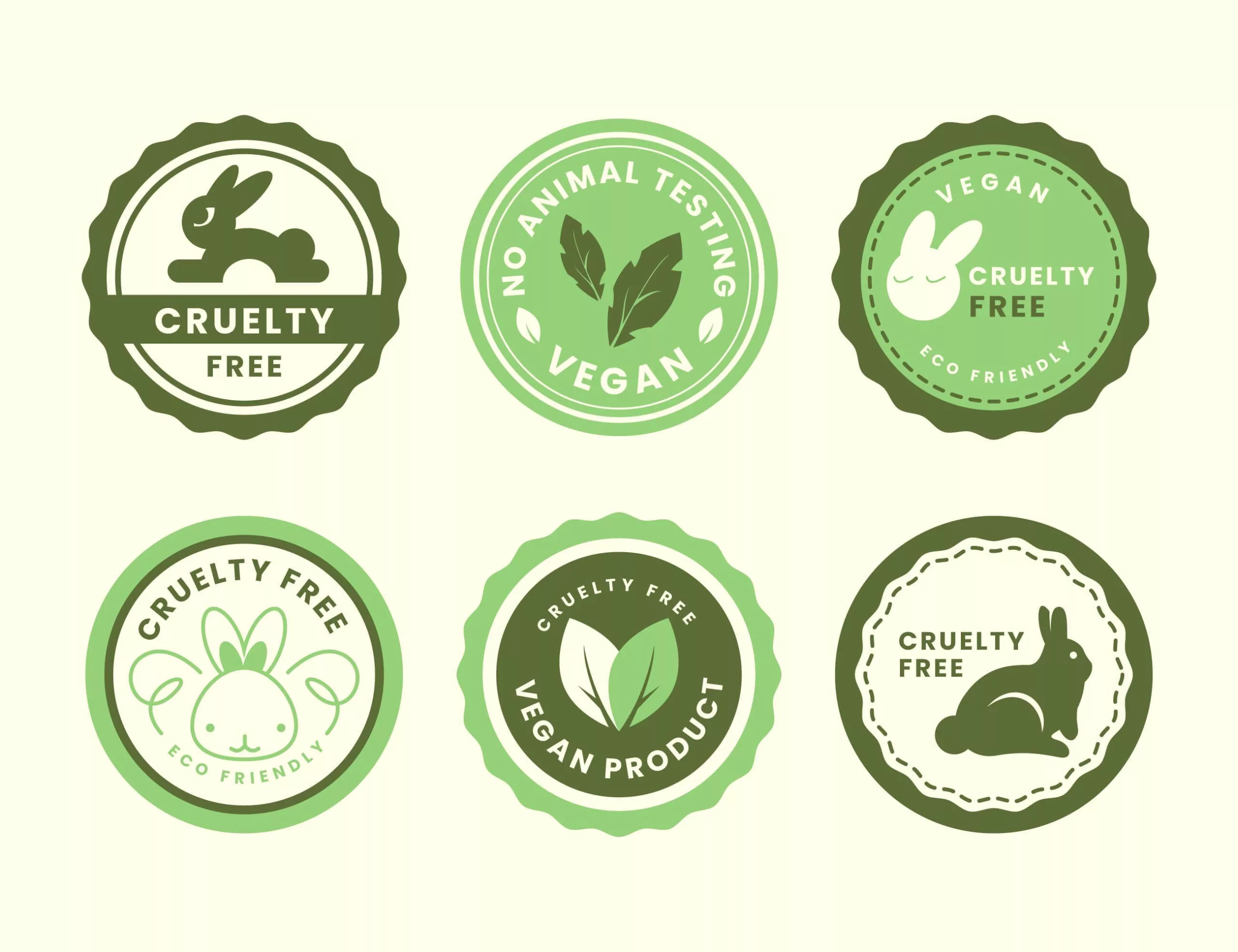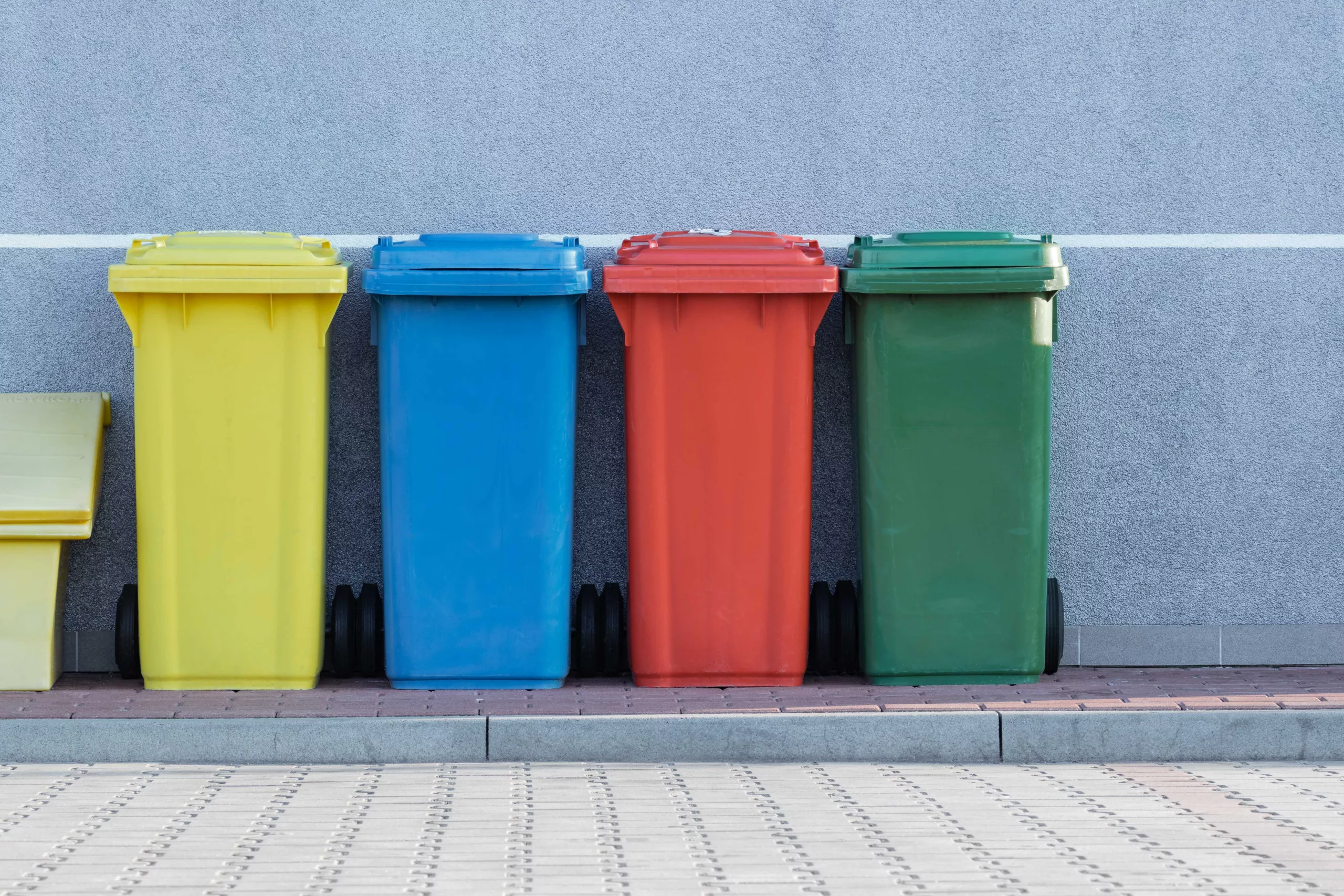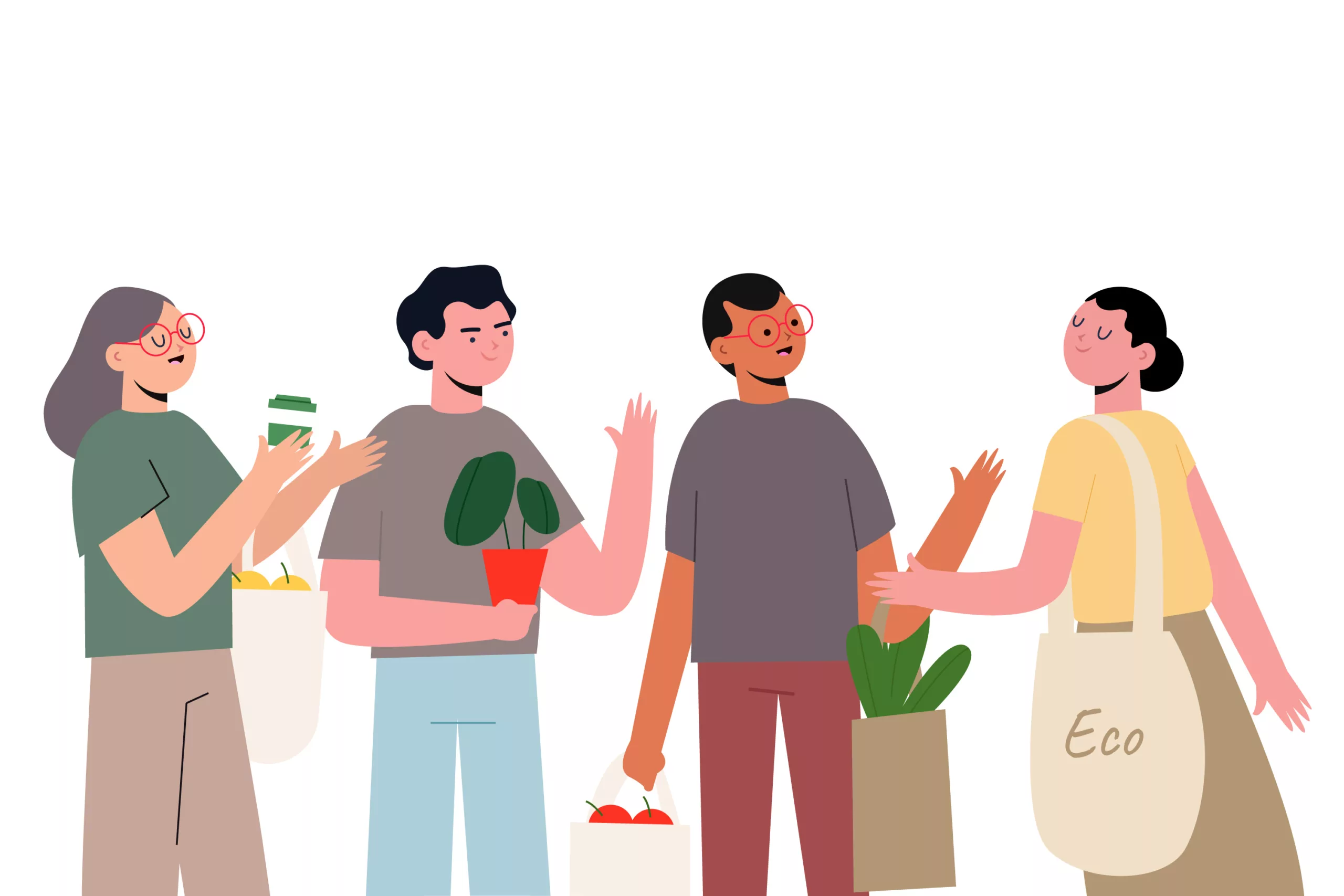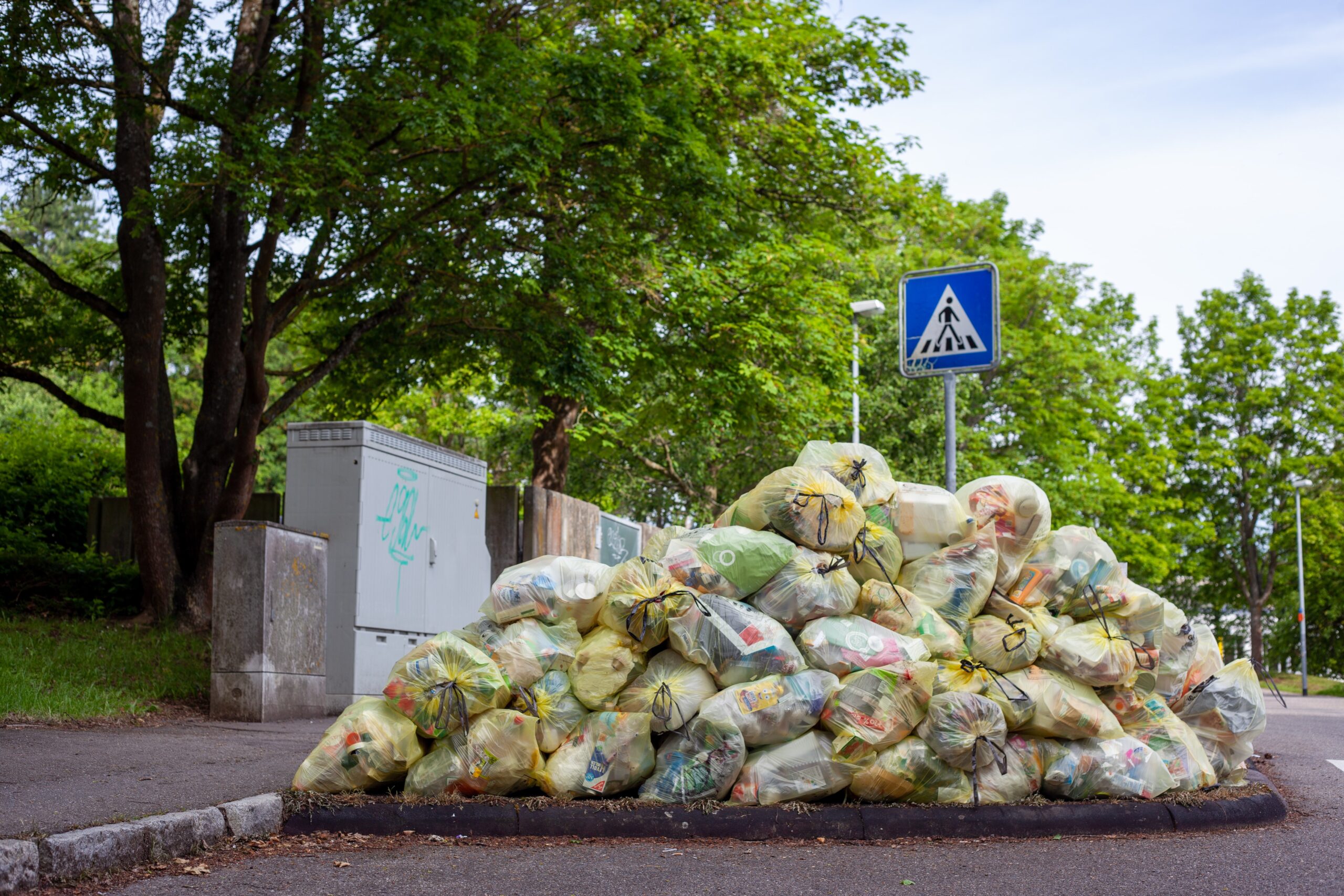Fast fashion is SO last season: how Canadian companies are transforming the textile and clothing industry
Textile production is a big polluter. According to the United Nations, the clothing and textile industry is responsible for two to eight percent of the world’s greenhouse gas emissions and nine per cent of annual microplastic losses to the oceans. A report by the World Economic Forum found that the sector contributes more carbon emissions than all international flights and maritime shipping combined. Water usage is another big concern. The same World Economic Forum report also found that the fashion industry is the second-largest consumer of water worldwide. In addition to water consumption, the fashion industry is responsible for one-fifth of water pollution. Dyes and other chemicals used in textile and clothing manufacturing heavily pollute water systems. In Savar, Bangladesh, for example, the Dhaleshwari River has been polluted so much by the garment industry that the whole river has turned ink-black. Canadians have played a significant role in the unsustainability of the clothing and textile industry. Each Canadian household spends an average of $3,300 to $3,500 annually on apparel and accessories. This makes the country among the world’s top 10 apparel importers, and the market is only expected to grow. Fast fashion and unsustainable textile manufacture are undoubtedly bad for the environment, but it doesn’t have to be. We will always need clothing and fabric, but there are cleaner ways to get it. Even though Canada greatly supports fast fashion, some businesses are incorporating sustainable practices to produce fabric and clothes. Read ahead to learn about the exciting sustainable practices transforming Canada’s textile and clothing industry and the companies using them. Is plastic sustainable? Sustainable textiles and fashion start with fibre. There are many claims surrounding which fibre is best, but the arguments boil down to three factors: getting the fibre, processing the fibre and the end-of-life for the fibre. There are many ways to get fibre, but experts disagree on the most sustainable one. While it would seem logical that natural fibres would be more sustainable than synthetic ones, the Sustainable Apparel Coalition ranked plastic fibre among the top most sustainable fibres in 2022. This was a surprising claim because plastic manufacturing is listed as one of the largest contributors to annual greenhouse gas emissions. The rationale was that plastic fibre wears better than cotton, so it can generally last longer. This may be true, but unfortunately, synthetics come with many disadvantages. One issue is that they shed microplastics. A recent study found that about 73 per cent of microfibre pollution near the North Pole can be linked to polyester fibres that resemble the ones used in textile manufacturing. According to the United Nations, plastic textiles are responsible for nine per cent of annual ocean microplastic losses, while the EU puts this figure somewhere between 16-35 per cent. Although plastic fibre has advantages, including efficient manufacturing processes and durability, it doesn’t support global efforts to minimize fossil fuel use and pollution. Working with Canada’s climate challenges and natural resources Canada has some unique challenges in terms of sustainable fibre production. Jute is often considered one of the best environmentally friendly textiles as it’s completely biodegradable and is a carbon-neutral crop grown with rainwater and minimal fertilizer. Unfortunately, Canada can’t grow jute well because it relies on a heavy monsoon and a humid climate. Wool is a fibre that is often touted as a sustainable material, and Canada is well-suited for sheep farming. When wool production is at its best, it can be sustainable because sheep farming supports soil regeneration, reduces erosion and regenerates waterways. However, animal welfare concerns are one major drawback of the wool industry. In general, the fashion industry is opaque about its animal welfare policy. According to a 2020 report published by FOUR PAWS, most animals used in the fashion industry suffer from poor living conditions. Topsy Farms is a strong example of a wool manufacturer working hard to transform the industry’s treatment of animals. Adhering to a codified animal welfare policy, the farm holds itself to the strict standards of The National Farm Animal Care Council. Methane release is another massive challenge the wool industry has to overcome to be a sustainable fibre. Sheep farming is widely criticized for contributing to increasing greenhouse gas emissions through methane release. Wool supporters are still adamant that it can be sustainable, and the issues with the industry are not inherent to wool production altogether. There may be truth to this as more and more fashion brands are using regenerative wool as a sustainable textile source to produce their clothes. As for methane release? This is still a challenge, but selective breeding efforts are currently being undertaken to drastically lower sheep’s methane release. Ethical labour practices It’s no secret that fast fashion brands are hosts to poor labour conditions. A 2021 probe found that individuals working for fashion brand Shein routinely work 75-hour weeks, while other brands don’t even pay their employees. The fashion industry is the second largest sector that employs modern slavery practices. Although it is more common in overseas countries, these issues sometimes crop up closer to home. The U.S. Department of Labor and Hour Division’s South California recently found that 80 per cent of contractors in the region violated minimum wage and overtime laws. The investigation reported that contractors were paying workers as little as $1.58 per hour in an area where the minimum wage is $15. Oxfam also highlights the startling class imbalance in the fashion industry, stating that a Canadian fashion CEO makes an average of $18,562 per day, while female employees making the clothes only earn an average of $5 per day. While Canadian brands are sometimes criticized for poor working conditions, many companies are cluing into issues with labour practices. The Canadian brand Franc, for example, has a transparent supply chain, lists the wages of their factory workers and regularly visits their facilities to ensure they comply with Canadian labour laws. The Canadian textile and clothing industry is imperfect, but companies like Franc demonstrate the effort businesses are making










